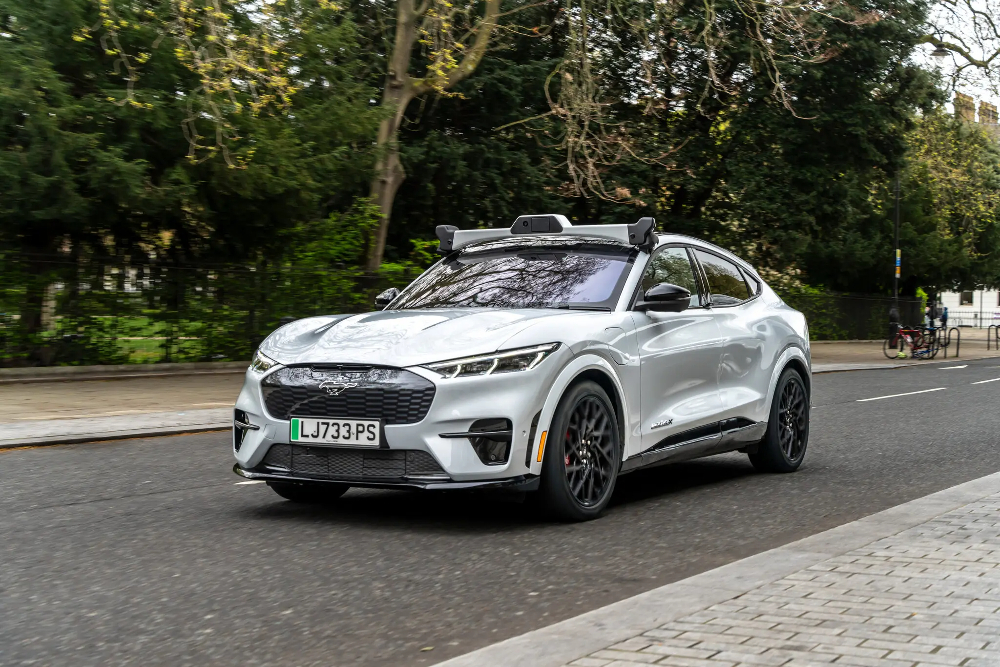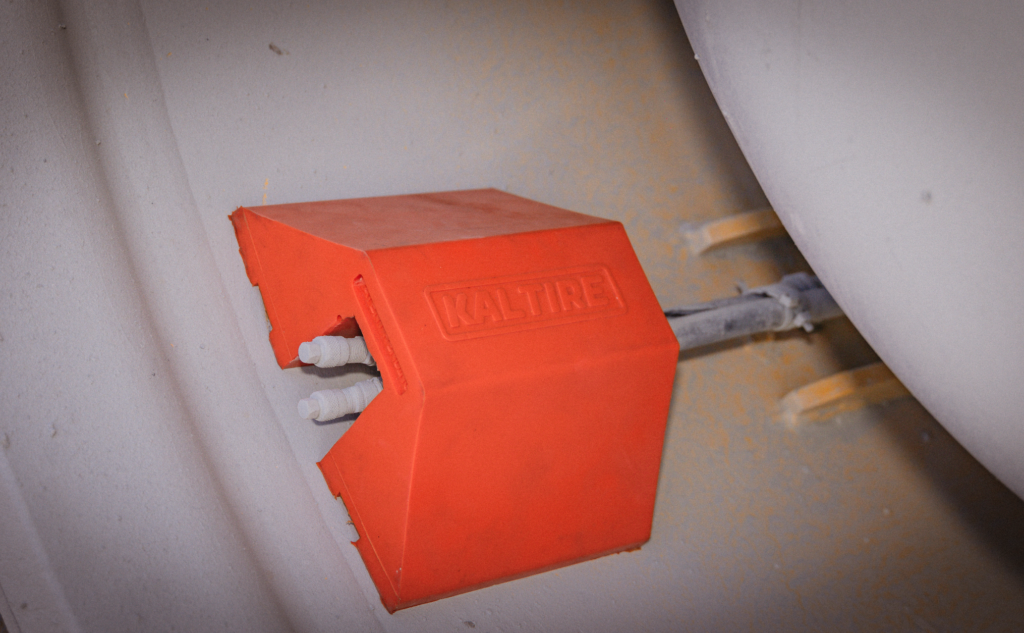Sign up for daily news updates from CleanTechnica on email. Or follow us on Google News!
The automotive industry is undergoing a significant transformation, with autonomous driving, electric vehicles, connected and software-defined vehicles, and in-cabin monitoring at the forefront. These technological advancements combine to create an estimated US$1.6 trillion market opportunity by 2034, representing a nearly tenfold increase from 2023.
Growth Drivers: Electrification and Automation
This potential market surge is expected to be driven largely by components required for electrification and automation. However, it’s projected that the services offered by autonomous and connected vehicles will see the most substantial growth.
The Rise of Autonomous and Connected Vehicle Services
While autonomous cars are still in their early stages, with commercial testing scaling up in regions like the US and China, they show promising potential. For instance, a notable autonomous car company recently announced surpassing 7 million driverless miles, claiming their vehicles are significantly less likely to be involved in accidents compared to human drivers. Despite these advancements, the industry faces challenges such as building public trust and aligning with regulations.
As for connected vehicles, they have become a current reality in the automotive industry. New revenue models based on feature-as-a-service (FaaS) plans are being introduced, allowing customers to subscribe to specific features of their vehicle. The revenue generated through connected and software-defined vehicles is expected to reach significant figures annually.
The Component Market: A Hotbed of Opportunity
The transition to electric vehicles and higher levels of vehicle automation is creating new component markets with vast revenue opportunities. The market for electric vehicle components, including motors, batteries, and power electronics, is expected to see substantial growth.
Moreover, the demand for sensors in vehicles is rapidly increasing. New technologies require numerous sensors for both external environmental sensing and internal occupant and driver monitoring. These sensors are essential for safety in autonomous vehicles and are expected to be a major growth area in the automotive component market.
Navigating a Rapidly Evolving Industry
As the automotive industry continues to evolve rapidly, it opens up new opportunities and revenue streams. The shift towards a more connected and automated future is set to dramatically reshape the landscape of automotive technology, driven by innovation and consumer demand.
Looking towards 2034, the automotive industry is poised for unprecedented changes, heralding an era of advanced technology and enhanced driving experiences.
Article courtesy of EVANNEX.
Have a tip for CleanTechnica? Want to advertise? Want to suggest a guest for our CleanTech Talk podcast? Contact us here.
Latest CleanTechnica TV Video
I don’t like paywalls. You don’t like paywalls. Who likes paywalls? Here at CleanTechnica, we implemented a limited paywall for a while, but it always felt wrong — and it was always tough to decide what we should put behind there. In theory, your most exclusive and best content goes behind a paywall. But then fewer people read it!! So, we’ve decided to completely nix paywalls here at CleanTechnica. But…
Thank you!
CleanTechnica uses affiliate links. See our policy here.




